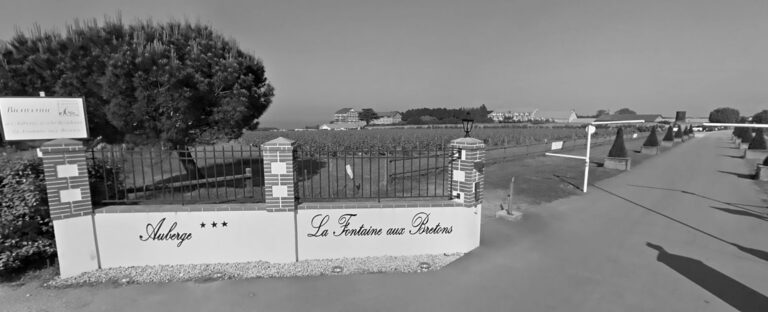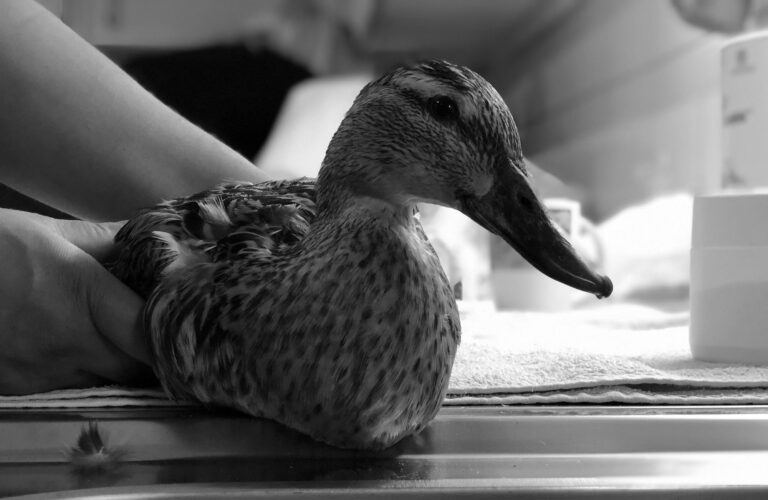Bug experts in Germany and France have unearthed a missing link wasp species trapped in a piece of amber around 100 million years ago that was found in Myanmar.
Entomologists say the insect was frozen in time in tree sap during the Cretaceous period.
The small piece of amber was discovered in Myanmar and then studied by scientists from France and Germany.
In photographs of the find, the wasp is perfectly preserved with its huge stinger sticking out from the rear of its abdomen.
Volker Lohrmann from the Uebersee-Museum Bremen in Germany said: “It is a long-sought puzzle piece that helps us understand the phylogeny of this group of wasps, which is now widespread almost worldwide.”

Newsflash obtained a statement from the museum saying: “Even though science already knows of over 100 extinct species of flat wasps, this species is very special because it belongs to a subfamily of flat wasps whose [until now] earliest fossil dates back to the Eocene, 53 million years ago.”
The experts said that the new fossil is around twice as old.
They explained: “The new fossil, which is around 100 million years old, is almost twice as old as the oldest known representative of the group.”
The statement went on: “The name of the new genus, Hukawngepyris setosus, is, on the one hand, a reference to the Hukawng Valley in northern Myanmar, where the amber was found, and on the other hand to the flat wasp genus Epyris, which still occurs today.
“The new species, which belongs to a previously unknown genus, is one of the so-called flat wasps, whose larvae feed on butterfly and beetle larvae.”
The discovery has been published in an article in the academic journal Insects under the title ‘The First Cretaceous Epyrine Wasp (Hymenoptera: Bethylidae): A New Genus and Species from Early Cenomanian Kachin Amber’.
It was authored by Manuel Brazidec, Volker Lohrmann, and Vincent Perrichot, who discovered the ancient bug.

To find out more about the author, editor or agency that supplied this story – please click below.
Story By: Joseph Golder, Sub-Editor: Joseph Golder, Agency: Newsflash
The Ananova page is created by and dedicated to professional, independent freelance journalists. It is a place for us to showcase our work. When our news is sold to our media partners, we will include the link here.




